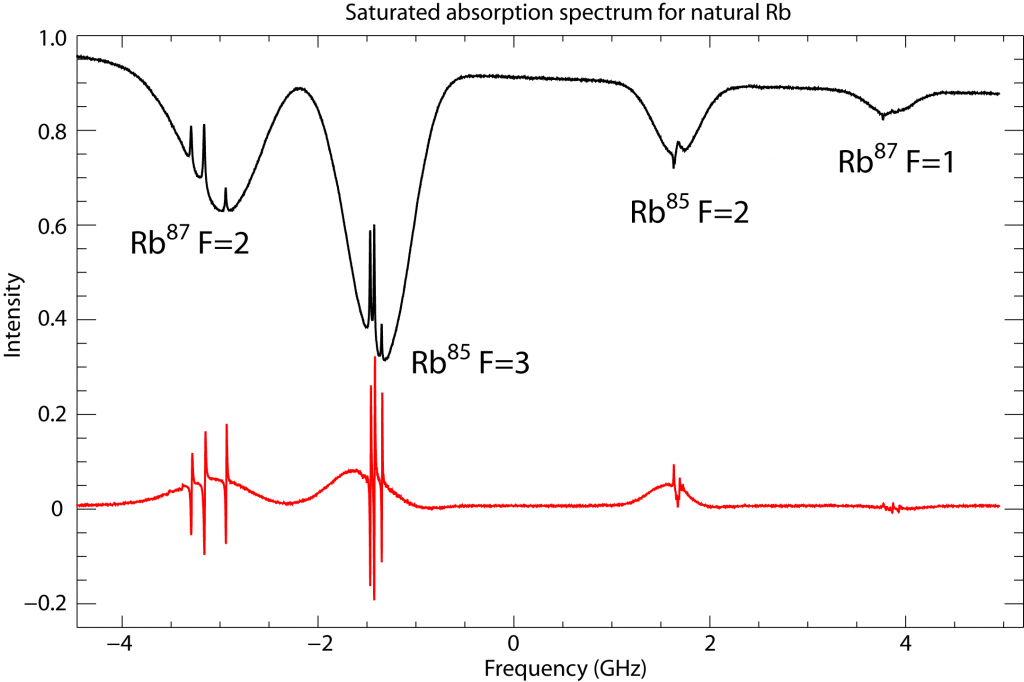Working on this project: Mohammad Noaman, Sören Boles, Patrick Windpassinger
Inhaltsverzeichnis
The concept
Have you ever wondered, what makes the difference between a theoretical and an experimental physics lectures? We did – and the result is a novel approach to teaching, in particular, teaching modern concepts of experimental atomic physics, laser spectroscopy and laser cooling. In this project, we want to combine the well-known teaching formats – standard lectures, tutorials, student’s presentations and hands on lab work – into a single course. This way, you can directly apply the concepts and methods discussed theoretically during the lectures in a modern lab environment. Basically, you will go through a sequence of lab projects which are 1. adapted to the contents of the lectures, 2. built upon each other such that – in the end – a modern quantum physics experiment is created. In addition, we can choose the best teaching format for the respective contents and make your learning even more efficient! After this course, you will obtain an excellent training for a Master’s project e.g. in experimental quantum physics!
The experiment
The final “product” of the practical training efforts is the realization of a so-called magneto-optical trap (fig.1) of Rb atoms. This is the workhorse for basically all cold atom experiments and the basis for many current atomic physics, quantum optics, quantum information and experimental quantum mechanics research. Basic understanding of spectral lines of Rb (fig.2) is quite important in order to manipulate atoms. To this end, we will have to learn how atoms can be cooled with light, what the technical prerequisites are and how to finally implement the concepts in a lab. And the important part: You, i.e. the students, will implement these yourself!

Specific topics covered in the course
- Design and assembly of UHV systems
- Vacuum pumps and gauges
- Laser technology, light polarization and manipulation
- Alignment of laser beams and the optics
- Atomic energy level structure and laser stabilization techniques
- Stabilization electronics and detection techniques
- Light-atom interaction and laser cooling
- Limits to laser cooling, other cooling and trapping techniques, Bose-Einstein condensates

Structure of the project
This one semester project will be offered in the context of the Module “Laser spectroscopy” for the first time in the summer semester, 2015. The course targets undergraduate students, typically after 3rd year – first year of Master`s. However, this course is open for all who have studied quantum mechanics and attended the experimental physics 5a lecture (Atomic and quantum physics). The project is also offered separately as technical training unit for PhD students within the graduate school of excellence MAINZ.
Acknowledgement
The development of the leading concept is funded by the Gutenberg Lehrkolleg. The graduate school of excellence Mainz, the excellence cluster PRISMA, the Institute of Physics, the research unit QUANTUM and the advanced students lab financially support the necessary lab equipment.



